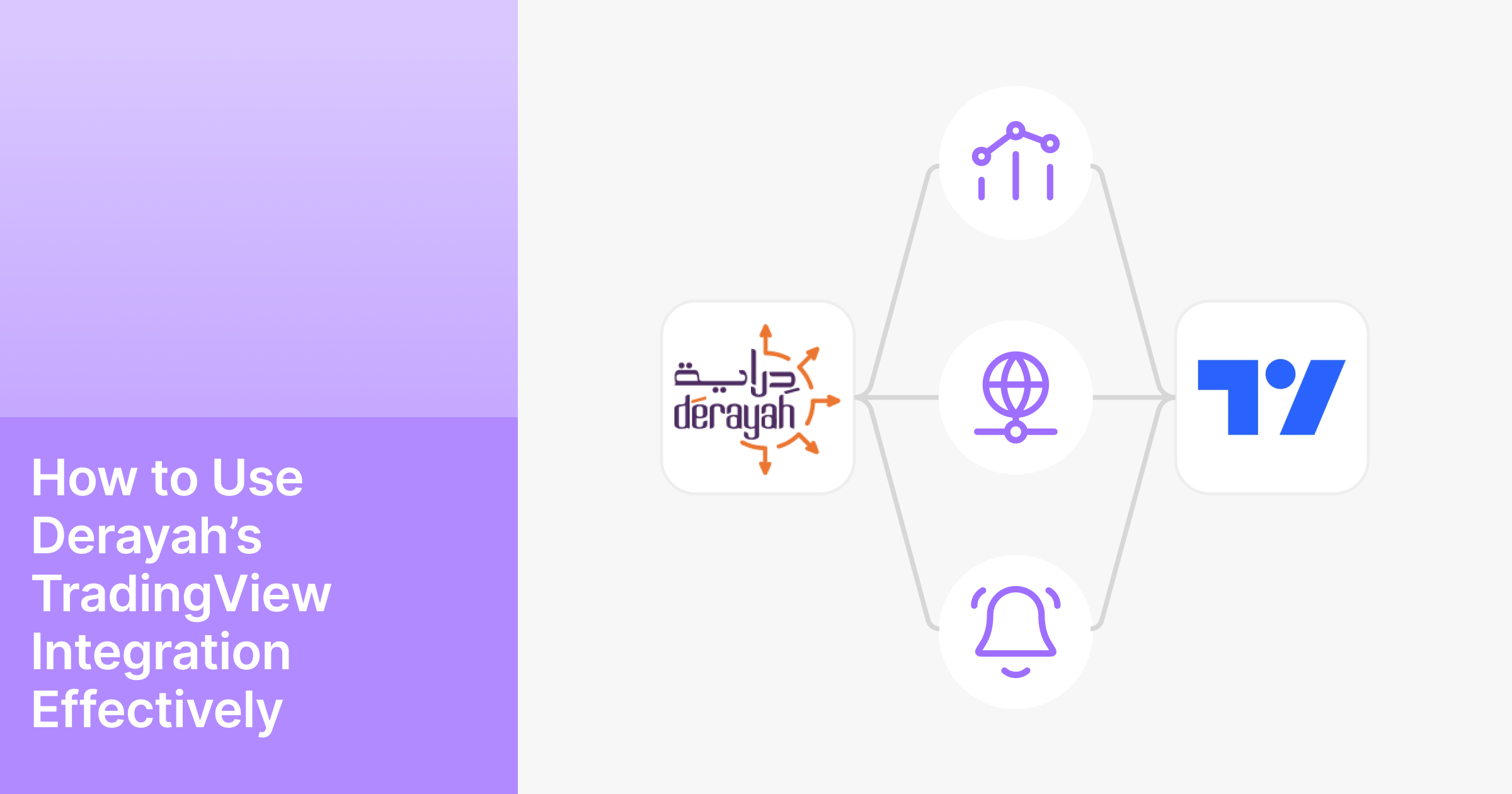What Is a Robo-Advisor and How Does It Work?
Financial technology has brought significant changes to the investment sector through its fast-paced advancements in recent years. These technological developments have transformed the methods through which people and businesses handle their financial resources. The robo-advisor represents a revolutionary digital system that uses algorithms and data analysis to provide investment portfolio management services.
The main objective of robo-advisors is to make investing accessible to people who do not have financial expertise or cannot dedicate time to monitoring market trends. Users can access these platforms through the internet by providing financial details and personal information to receive customized investment strategies based on their input.
The main advantage of robo-advisors lies in their ability to operate without human involvement in their decision-making process. The platforms operate solely through software programs that apply economic principles and mathematical models. But how exactly do they work? And how can they help build a balanced, well-informed investment strategy that aligns with both market conditions and investor preferences? Let’s take a closer look.
What Is a Robo-Advisor?
A robo-advisor operates as a digital platform that employs advanced algorithms to process financial data to provide investment portfolio management through asset allocation and periodic rebalancing. Investors can access these services through simple online platforms by providing their financial objectives , risk tolerance , and investment choices. The system provides data-based investment recommendations.
Robo-advisors do not make individual investment suggestions, nor do they provide any return guarantees. The system operates as an unbiased tool through mathematical and statistical models that suit investors who want systematic financial decision-making.
How Do Robo-Advisors Work?
The digital investment process starts when investors finish an online questionnaire. The form collects data about financial objectives together with risk tolerance and investment duration and present financial condition. The robo-advisor uses this information to develop an investor profile and recommend an appropriate asset allocation strategy.
From there, the system manages the portfolio automatically using pre-programmed algorithms. For example:
Rebalancing: If market fluctuations cause asset allocations to drift from the original plan, the robo-advisor adjusts them to stay aligned with your objectives.
Continuous Analysis: The platform monitors market conditions and influencing factors to adjust the investment strategy if needed.
Automated Execution: Transactions such as buying and selling are carried out based on preset rules, with no manual intervention required.
These features are designed to minimize emotional biases and improve operational efficiency, all while staying true to the investor’s original financial plan.
Risk vs. Return: What Every Investor Should Know
One of the core principles in investing is the relationship between risk and return. Typically, investments that promise higher returns come with greater risks. That’s why every investor should understand this dynamic before making decisions.
Understanding Risk
Investment risks come in various forms: market volatility, liquidity risk, and broader economic or geopolitical uncertainties. While it’s impossible to eliminate risk entirely, it can be managed through a well-diversified portfolio that reflects the investor’s goals and risk tolerance.
Understanding Returns
Return refers to the profit earned from an investment over a specific period, through capital gains or dividend market funds. However, expected returns are not guaranteed, as real-world outcomes may vary due to market fluctuations.
The Role of Robo-Advisors in Balancing Risk and Return
Robo-advisoring employ data-driven models to assist investors in managing their risk-return relationship. It builds portfolios through historical data analysis and probability assessment to achieve investment goals while maintaining risk levels set by investors. The framework provides investors with a logical approach to making informed decisions, but does not guarantee loss prevention or specific returns.
The Power of Diversification: The Key to a Smart Investment Strategy
A crucial concept in portfolio management is diversification, spreading investments across various asset classes like stocks, bonds, mutual funds, and cash. Diversification helps reduce the impact of a single asset’s performance on the entire portfolio.
How Diversification Reduces Risk
In a diversified portfolio, losses in one asset class can be offset by gains in another. For example, if stock prices in one sector decline, rising bond prices or real estate investments might balance the overall performance.
Examples of Diversification
Sector Diversification: Investing in a mix of industries like technology, healthcare, and energy.
Geographic Diversification: Spreading investments across local and international markets.
Asset Class Diversification: Combining different instruments such as stocks, bonds, and ETFs.
How Robo-Advisors Support Diversification
By analyzing a wide range of asset data, robo-advisors can recommend a diversified portfolio tailored to the investor’s risk profile. These suggestions are unbiased and rooted in logic, aiming to minimize risk while staying aligned with the user’s financial inputs.
How Compound Interest Drives Long-Term Growth – with Help from Robo-Advisors
One of the strongest forces behind long-term investment success is compound interest, especially when combined with robo-advisors’ automated strategies.
What Is Compound Interest?
Compound interest means earning returns not just on your original investment but also on the profits it generates over time. Instead of withdrawing the earnings, they’re reinvested, leading to exponential growth.
Example:
If you invest 10,000 SAR with an annual return of 5%, you earn 500 SAR in the first year. In the second year, you earn interest on 10,500 SAR, not just the original amount. Over time, this compounding effect can significantly grow your wealth.
How Robo-Advisors Enhance Compounding
Robo-advisors help boost long-term growth through:
- Regular Investments: Scheduling recurring monthly or quarterly contributions.
- Automatic Reinvestment: Reinvesting dividends and profits directly into the portfolio.
- Discipline and Consistency: Minimizing emotional reactions to market shifts helps maintain the long-term plan and fully benefit from compounding.
Still, compounding requires patience, consistency, and a willingness to endure normal market fluctuations. Expected returns are not guaranteed but can be significantly influenced by staying committed.
Conclusion
The technological advancement of robo-advisors simplifies investment choices while providing data-based portfolio management capabilities. The system does not provide customized advice nor ensure investment returns but it helps users create diversified investment plans that consider risk levels and diversification and compound growth.
Every investor needs to remain informed while making well-considered decisions based on clear goals and reliable information. The use of robo-advisor investment or traditional methods does not eliminate the need for personal responsibility in financial decision-making.
Disclaimer: All information provided is for educational and awareness purposes only and does not constitute a recommendation or invitation to make any investment decision. Past performance is not indicative of future results. Please consult your financial advisor before making any decisions.
Derayah Financial is licensed by the Capital Market Authority under License No. 27-08109 dated 19/06/1429 H (23 June 2008).


